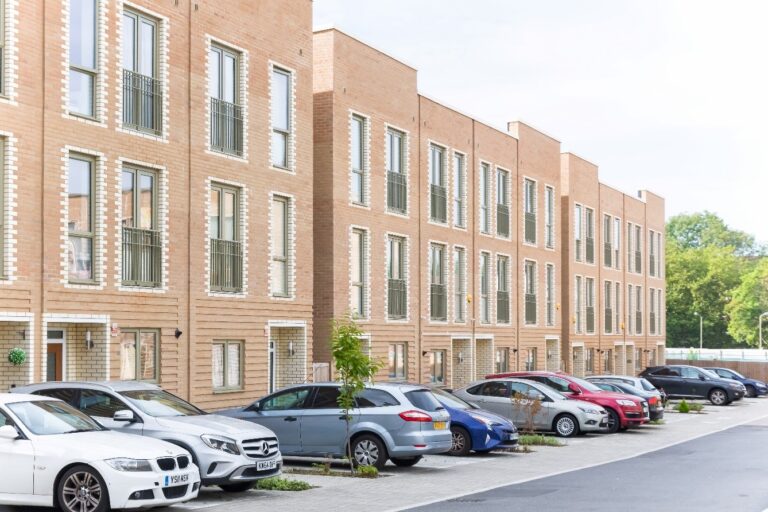BTR roundup – what’s the current state of play?
Posted by Ellie Dreisenstock on June 9, 2022
Much of what has transpired over the past few months, such as the ongoing war in Ukraine, the international cost of living crisis, rising inflation and tax increases, is predicted to stall the housing market.
However, the Build to Rent (BTR) sector continues to defy all odds, with stock now standing at 212,177, including London and the regions.
While BTR was previously confined to city locations, we’re now seeing an expansion into more suburban areas to provide more high-quality, modern purpose-built housing solutions across the UK.
Here, we set out the current status of the BTR sector, which areas are experiencing growth, and what we can expect from the sector in the next few months.
Going from strength to strength
Figures from CBRE showed that £2.1 billion was invested into the BTR sector in Q4 2021, which took the full-year total to a record £4.1 billion.
This followed investment deals worth £3.5 billion in 2020, the previous record high, demonstrating an increase of 14%.
The investment boom in BTR homes shows the sector’s resilience in light of the challenges posed by the pandemic and other global hurdles.
Separate research by Ascend Properties revealed the sector now accounts for 1% of all private rental properties in the UK. That’s 135% up on the stock levels seen in 2017.
Conversely, the total number of private rental sector (PRS) homes has increased by a more marginal 0.3% over the same period.
Of the 212,177 BTR homes in the UK, 70,785 are complete, 42,119 are under construction and 99,273 are in planning.
In actual terms, though, the BTR sector has grown from 22,831 properties in 2017 to 53,750 in 2021.
Where is the BTR boom most prominent?
A report from Savills indicates that the BTR sector is building momentum in Scotland. Since Q1 2020, the planning pipeline has grown by 69%, bringing the total figure to 12,245 homes.
The sector here has the potential to reach over 100,000 homes, with activity primarily focused on apartments in Edinburgh and Glasgow (4,664 and 6,627 homes, respectively).
This pipeline represents 6.7% and 10% of current PRS households – comparatively smaller than the pipelines in urban city centres such as Manchester (29.6%), Birmingham (15.5%) and Leeds (13.1%), yet with a great capacity for growth.
Q3 2021 saw construction begin for 12,000 BTR homes in Manchester, Liverpool, and Brighton – the highest figure for the regions and a clear sign that BTR will be fruitful outside London.
Within the capital, though, BTR homes account for 2.5% of all privately rented accommodation as London continues to lead the charge since the sector’s inception in the UK.
Is 2022 the year for BTR in the UK?
As the sector grows, so does demand among tenants vying for professionally-managed homes with on-site amenities, communal spaces and around-the-clock support.
This is despite BTR accommodation being on average 15% more expensive than the cost of renting privately in a buy-to-let property, proving that there is scope for more homes of this format.
With a promise to enhance the renting experience, BTR is fast becoming an established product in its own right.
Such positive momentum has led to discourse on the sector’s future, with operators apparently looking for creative ways to make renting more of a ‘life-enhancing experience’.
There have also been discussions about merging some of the benefits of purpose-built student accommodation with the BTR sector and attracting older renters willing to release equity favouring a more vibrant community.
And despite its criticisms, the sector will continue to grow, exacerbated by tenant behavioural trends and preferences that have emerged from the pandemic – including the greater need for a functional workspace and the desire for community.
Considering the pipeline for new BTR homes, 2022 is proving to be a successful year so far, with expansion for purpose-built rental blocks in the UK.
Also, with the Levelling Up agenda heavily reliant on investment in infrastructure, large-scale regeneration and sufficient housing supply, BTR could play a key role.
For now, adopting a wait-and-see approach for plans to materialise will determine how much farther the sector can progress in delivering housing and communities.
